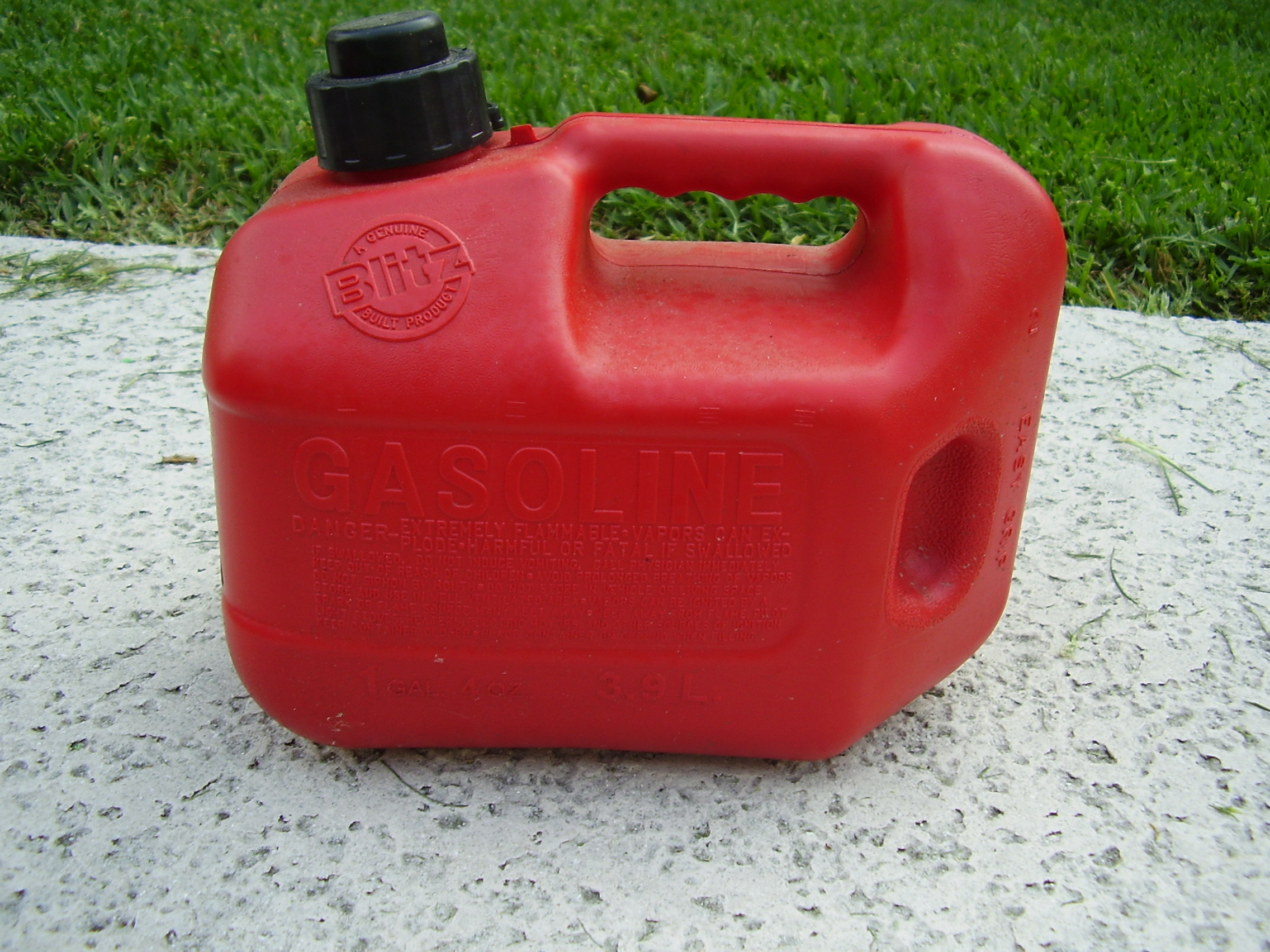Executive
No End in Sight for Our Gasoline Use
Gasoline is essential to our economy and will so remain for the foreseeable future, despite efforts of this President to take it away.

Despite Biden’s attempts to “end fossil fuel” some basic economic analysis indicates his efforts are not in line with what the public wants. If you think back to your Econ 101 class, you’ll probably remember something called revealed preference.
This basic insight of economics says that people’s actions in a market place are a much better indicator of what is going on in their heads than asking them in a poll. Someone might tell you they like Biden’s attempts to kill off reliable, inexpensive energy, but when the rubber meets the road, their purchasing decisions say otherwise.
This isn’t to say that the Biden administration hasn’t tried and, in many ways, been successful at impoverishing Americans via stupid energy policy. Shutting down refineries, killing pipeline and drilling projects, draining the SPR, and other efforts have dramatically affected the supply side of the industry.
Americans have certainly felt the pain Biden’s administration has imposed on us. Gasoline prices generally follow a seasonal pattern, so the recent drop in prices this winter has to be put into context. The average price of gasoline nationwide in the second week of January in 2022, 2023, and 2024 was $3.209 per gallon. In the same week of January from 2017 to 2020, the average was only $2.432 per gallon. That’s an increase of nearly 32% between the two time periods!
If you follow energy markets, you might be aware that gasoline consumption dropped significantly during the lockdowns of 2020, and that it hasn’t rebounded back up to the 2019 high since then. This, some say, is an indication that fossil fuels are on their way out. They say we’ve reached peak consumption and it will dramatically fall off in just a few years. While oil market experts are putting the lie to this net-zero pipe dream, there’s another simple tool of economics we can apply to better understand the situation.
Thinking back to Econ 101 again, you might remember some of the basic math you did in class. Specifically, the price elasticity of demand is a simple but powerful tool to show in one number how important a good or service is to consumers. To compute this, we can use the data sources I’ve already referred to.
Comparing 2019 to 2023, we’ve seen a 35.1% increase in gasoline prices and a 5.66% reduction in gasoline usage over that time frame. Dividing the latter by the former gives us the price elasticity of demand for gasoline: -0.42. The negative sign is an indication that this is a demand curve: higher prices mean lower consumption.
Again recalling Econ 101, you might remember classifying the ranges of this statistic. A price elasticity of demand greater in magnitude than -1 indicates “elastic demand” meaning that a given increase in price leads to a relatively large reduction in consumption. Inelastic demand is when the magnitude is less than 1; a given increase in the price leads to a small reduction in consumption.
As price elasticities go, -0.42 is very small, basically insignificant. A price elasticity of demand that low is indicative of a necessity, not something you’re planning to move away from in the next five years. Even with a lockdown that upset the entire world economy, gasoline demand is rock solid. So much so that a policy-induced 35% increase in prices has led to a mere 5% reduction in use. The question for 2024 is, will Americans continue to let the Biden administration choke off our supply of this civilization-supporting fuel?
This article was originally published by RealClearEnergy and made available via RealClearWire.
Levi Russell is an associate teaching professor at the University of Kansas School of Business.
-

 Guest Columns5 days ago
Guest Columns5 days agoShe Saved Her Life. 7-Eleven Fired Her
-

 Civilization5 days ago
Civilization5 days agoDemocrats’ Viral Video Lights Match to the Republic
-

 Guest Columns4 days ago
Guest Columns4 days agoWaste of the Day: What’s Big, Grey And Costs $350K?
-

 Civilization4 days ago
Civilization4 days agoThe AI Challenge: Palantir, the Pope, and Paul Kingsnorth
-

 Civilization4 days ago
Civilization4 days agoNo Kings, No Queens, No Blind Loyalty
-

 Civilization2 days ago
Civilization2 days agoThe World Needs to Restore Balance and Objectivity on Climate
-

 Executive3 days ago
Executive3 days agoWaste of the Day: California’s $450 Million 911 Center Doesn’t Work
-

 Civilization2 days ago
Civilization2 days agoFree Speech Requires a Pious Commitment












